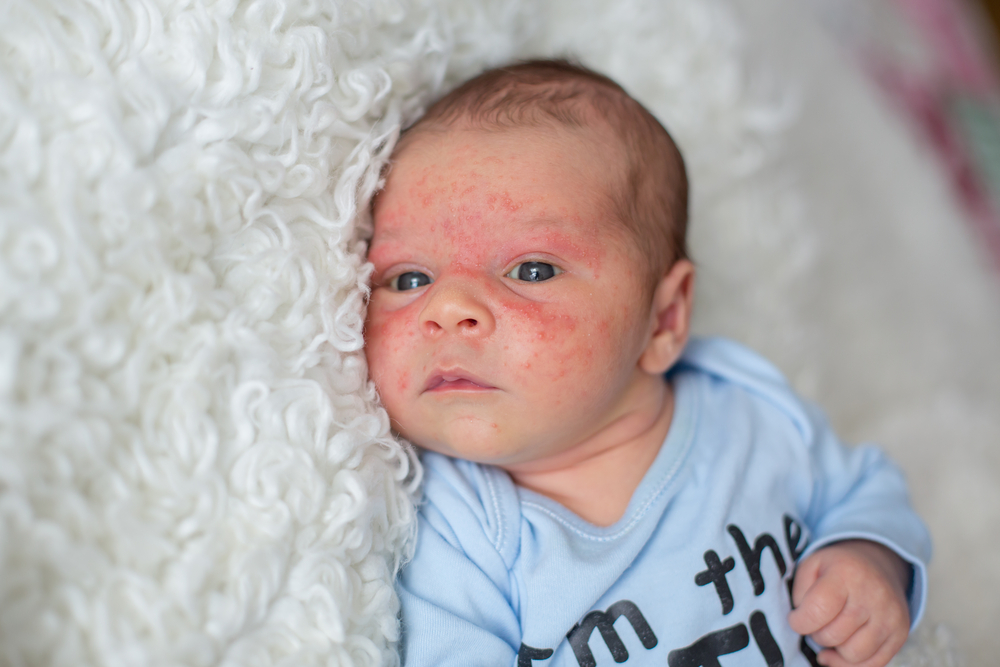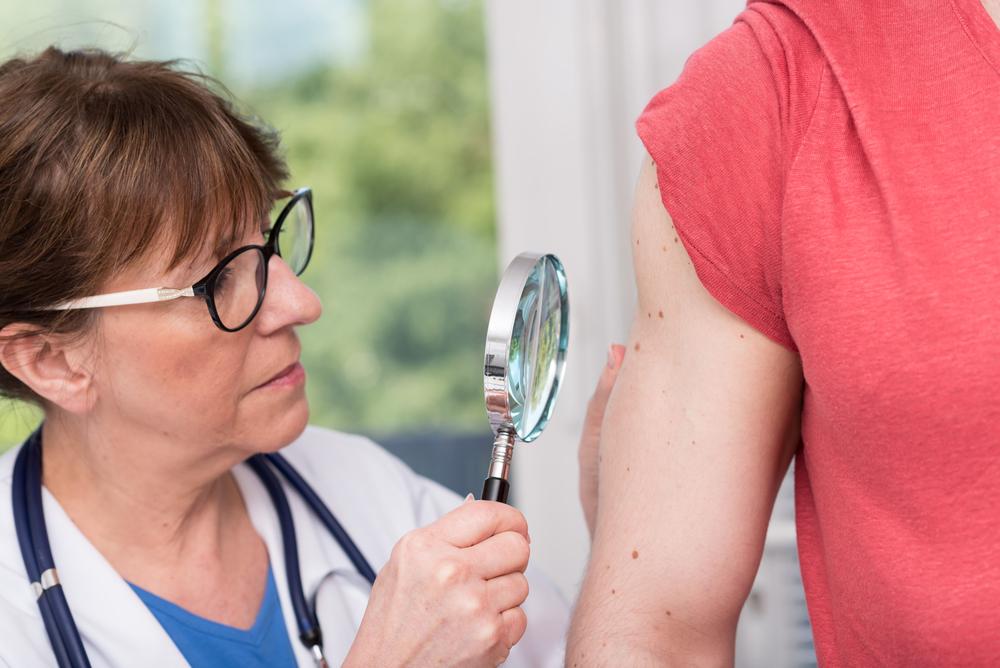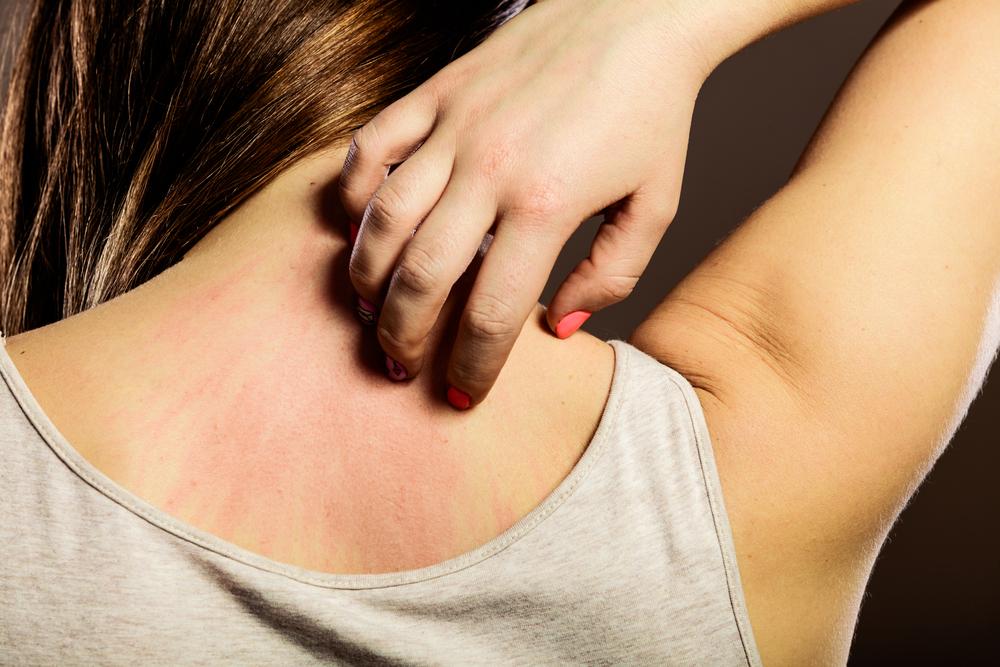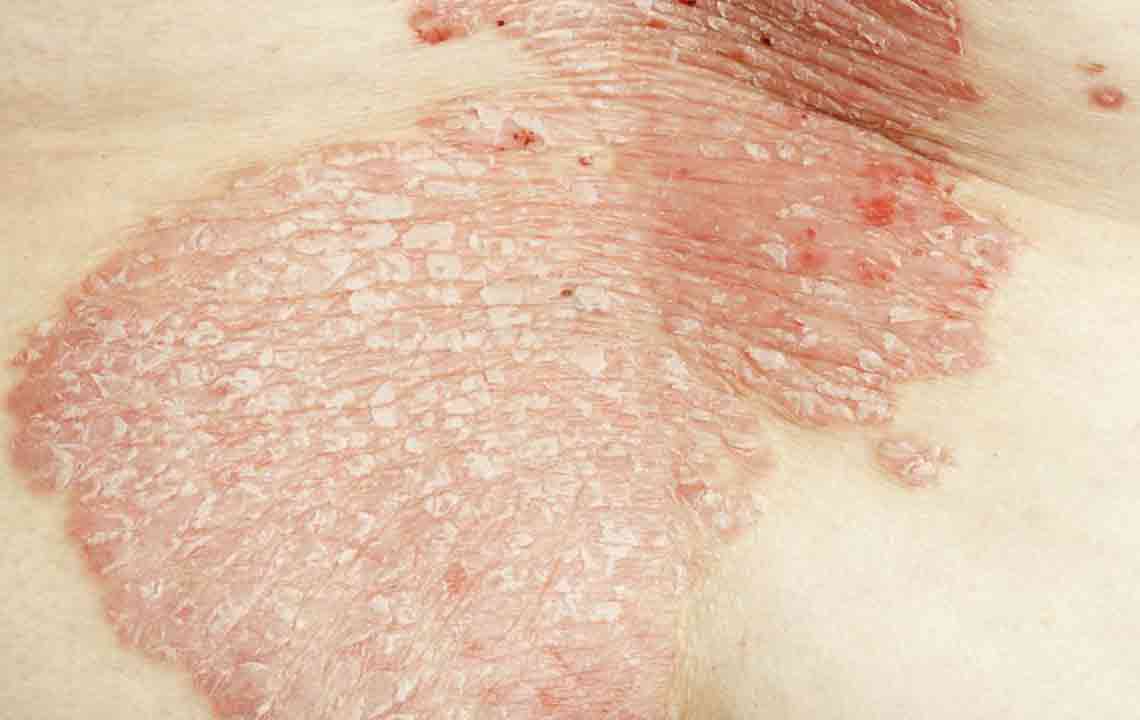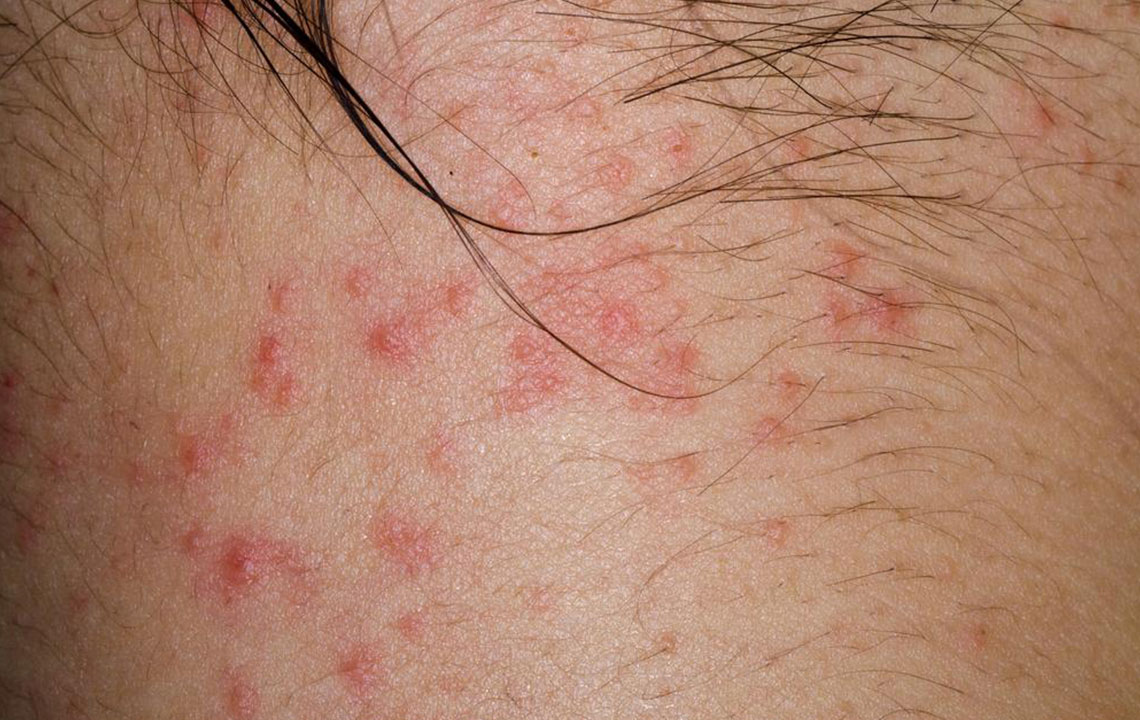Comprehensive Overview of Eczematous Dermatitis: Causes, Types, and Effective Management Strategies
Eczematous dermatitis, commonly known as eczema, is a widespread inflammatory skin condition with diverse types such as atopic, contact, and seborrheic dermatitis. This detailed guide covers causes, symptoms, diagnosis, and current treatment options to help patients and healthcare professionals effectively manage the condition and improve skin health. Prevention strategies, triggers, and advanced therapies are also discussed to provide a comprehensive understanding of this complex skin disorder.

Understanding Eczematous Dermatitis: Causes, Types, and Treatment Options
Eczematous dermatitis, more commonly known as eczema, is a prevalent and often persistent skin condition that affects millions of people worldwide. Characterized by inflammation of the skin, it manifests through a variety of symptoms including redness, intense itching, swelling, and irritation. Eczema is not a single disease but a group of related conditions with similar symptoms, making accurate diagnosis and effective management essential for improving patient quality of life.
This comprehensive guide explores the underlying causes of eczematous dermatitis, distinguishes between its various types, and discusses targeted treatment options to manage and potentially alleviate the condition. Whether you're a patient dealing with eczema or a healthcare professional seeking detailed insights, this article provides valuable information to help you better understand and tackle this complex skin disorder.
Understanding Eczematous Dermatitis: Definition and Key Features
Eczematous dermatitis is a form of skin inflammation characterized by an immune response that leads to skin damage. The primary features include redness, swelling, dryness, cracking, and persistent itching. These symptoms can significantly impair daily activities and emotional well-being if left untreated.
One of the hallmark signs of eczema is itching, which can be severe and uncontrollable at times, often prompting more scratching that worsens the skin condition. The skin may become flaky, rough, and develop crusts or oozing blisters, especially during acute episodes. Over time, repeated inflammation can thicken the skin, leading to a chronic appearance marked by darker patches and leathery texture.
Intense itching that may worsen at night
Scaly, rough skin with possible crusting
Red patches and inflamed areas
Fluid-filled blisters that crust over
Cracks, fissures, and skin thickening
Types of Eczematous Dermatitis and Their Characteristics
Eczema encompasses several distinct types, each with unique features and triggers. Recognizing these differences is vital for effective treatment and management.
Atopic Dermatitis
This is the most common form of eczema, often beginning in childhood but capable of affecting individuals of any age. It is closely linked to other allergic conditions such as asthma and hay fever. Atopic dermatitis typically appears on the face, hands, feet, elbows, and behind the knees. The skin becomes persistently dry, itchy, and inflamed, with scratching leading to thickening, scaling, and increased susceptibility to infections.
Triggers for atopic dermatitis include allergens such as pollens, dust mites, pet dander, certain foods, soaps, and harsh cleaning products. Management involves routine use of emollients to maintain skin hydration, topical corticosteroids to reduce inflammation, and newer biologic therapies like dupilumab for severe cases. Identifying and avoiding specific allergens is crucial for long-term control.
Contact Dermatitis
This type results from direct skin contact with irritating substances or allergens. It manifests as redness, swelling, burning, and sometimes blistering when exposed to triggers like detergents, nickel (found in jewelry), cosmetics, poison ivy, or chemicals in household cleaners. Repeated exposure can lead to chronic dermatitis with persistent itching and thickened skin.
Management focuses on avoiding known irritants, using protective clothing or gloves, and applying topical steroids or antihistamines to control inflammation and itching. Proper skin barrier protection and gentle skincare routines are essential to prevent flare-ups. If infection occurs, antibiotics may be prescribed.
Dyshidrotic Dermatitis
Primarily affecting the palms of the hands and soles of the feet, dyshidrotic dermatitis is characterized by the sudden appearance of deep-seated blisters filled with clear fluid. These blisters are intensely itchy and may cause cracking, scaling, and discomfort, especially during flare-ups. The exact cause remains unknown, though stressful situations and exposure to metals may exacerbate symptoms.
Treatment options include cold compresses to reduce swelling, topical corticosteroids to control inflammation, and phototherapy such as PUVA (psoralen plus ultraviolet A) to induce remission. Managing stress and environmental factors is also beneficial.
Nummular Dermatitis
This form shows up as round, coin-shaped patches of inflamed, itchy skin predominantly on the legs, arms, hands, and torso. It’s more common in middle-aged men and young women, often linked to dry air, cold weather, or skin irritants like metals and soaps. The lesions can crack, ooze, and crust, leading to discomfort and secondary infections if scratched excessively.
Effective treatment involves the regular use of moisturizers, topical corticosteroids, and oral antihistamines to reduce itching. Avoiding scratching and exposure to irritants helps prevent worsening and recurrence.
Neurodermatitis
Characterized by intensely itchy patches that are often scratched due to the irresistible urge to scratch, neurodermatitis commonly occurs on the neck, scalp, lower legs, and genital areas. Chronic scratching causes thickened, leathery, and sometimes pigmented skin, which can become infected if not managed properly. It often worsens subconsciously during sleep or stressful situations.
Management strategies include behavioral therapy, use of steroid creams, and in some cases, oral steroids like prednisone for severe inflammation. Techniques to reduce scratching such as wearing protective clothing or using anti-itch medications can help.
Seborrheic Dermatitis
This condition mainly affects areas rich in oil glands, including the scalp, face, and chest. It appears as dandruff in babies and flaky patches in adults, often with greasy scales and redness. The overgrowth of yeast (Malassezia) is believed to be a significant factor. Immunocompromised individuals, like those with HIV/AIDS, are more susceptible to severe forms of seborrheic dermatitis.
Common treatments include medicated shampoos containing zinc pyrithione or selenium sulfide, antifungal creams, coal tar preparations, and topical corticosteroids. Regular scalp hygiene and avoiding irritation are crucial for control.
Other Forms of Eczema
Stasis dermatitis, often seen in individuals with venous insufficiency, involves the lower legs. It causes skin discoloration, crusting, and swelling, usually due to poor blood flow. Treatment includes compression therapy, topical steroids, and lifestyle modifications like exercise.
Understanding the various types of eczematous dermatitis enables better diagnosis and personalized treatment, ultimately improving skin health and patient comfort. Always consult a healthcare provider for an accurate diagnosis and tailored management plan.

